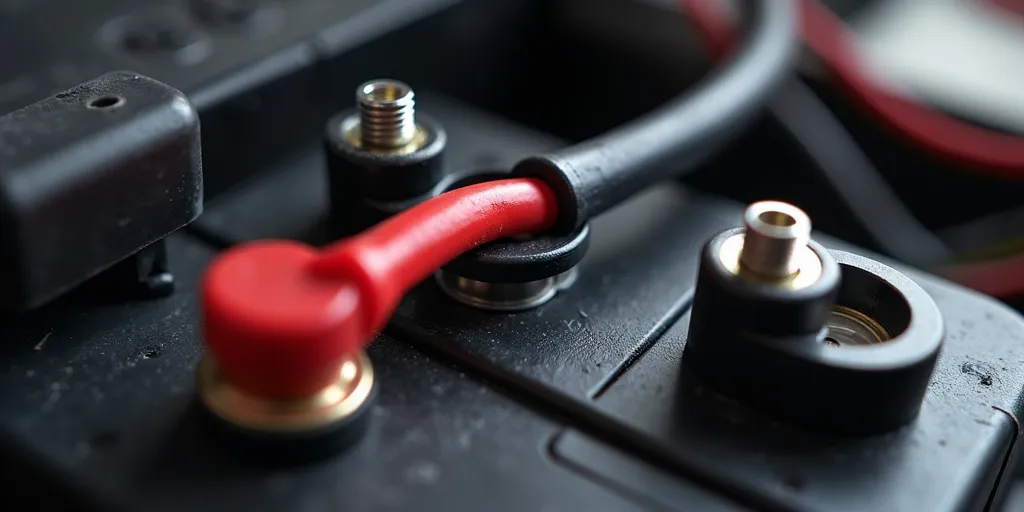-
Shopping Tools
-
Care & Maintenance
-
About
-
Dealer Login

Choosing the right battery-cable gauge boosts power, limits heat, and protects electronics. This practical guide explains sizes, materials, and simple steps to get it right.
Thicker, lower-gauge cables carry more current with less voltage drop. For higher-power setups, 4 AWG or 2 AWG is common; for stock or low-power carts, 6 AWG or 8 AWG may suffice. The best choice depends on controller amps, cable length, and how hard your cart works. If you ride upgraded golf carts, lean thicker.
| Use Case | Controller Peak (A) | Typical Pack | Suggested Gauge |
|---|---|---|---|
| Stock cruiser on flat ground | 150–250A | 36V or 48V | 6 AWG (8 AWG on short runs) |
| Moderate upgrades, hills, light towing | 300–400A | 48V | 4 AWG |
| Lifted tires, heavy loads, aggressive controllers | 400–500A | 48V+ | 2 AWG |
| High-performance builds / long cable runs | 500A+ | 48–72V | 2 AWG or 1/0 AWG |
Electric carts move hundreds of amps during launch, so undersized cables show up as surging, hot lugs, and sluggish climbs. Gas carts draw less through battery leads in motion (starter is the big load), but still benefit from low-resistance wiring for reliable starts and clean charging.
Yes—4 AWG is an excellent “upgrade sweet spot” for many 48V carts with 300–400A controllers and normal cable lengths. It meaningfully cuts voltage drop vs 6 AWG, improves throttle response, and runs cooler. If you regularly haul passengers up steep grades, have oversized tires, or run ≥400A peaks, consider 2 AWG for extra headroom.
For stock carts on easy terrain, 6 AWG (or even 8 AWG on very short runs) can be adequate. For most upgraded 48V builds, 4 AWG is the smart, future-proof choice; heavy-duty hills, lifts, or 500A controllers merit 2 AWG. Choose fine-strand copper, quality lugs, and clean routing—and your golf cart will pull harder, run cooler, and protect your investment.
